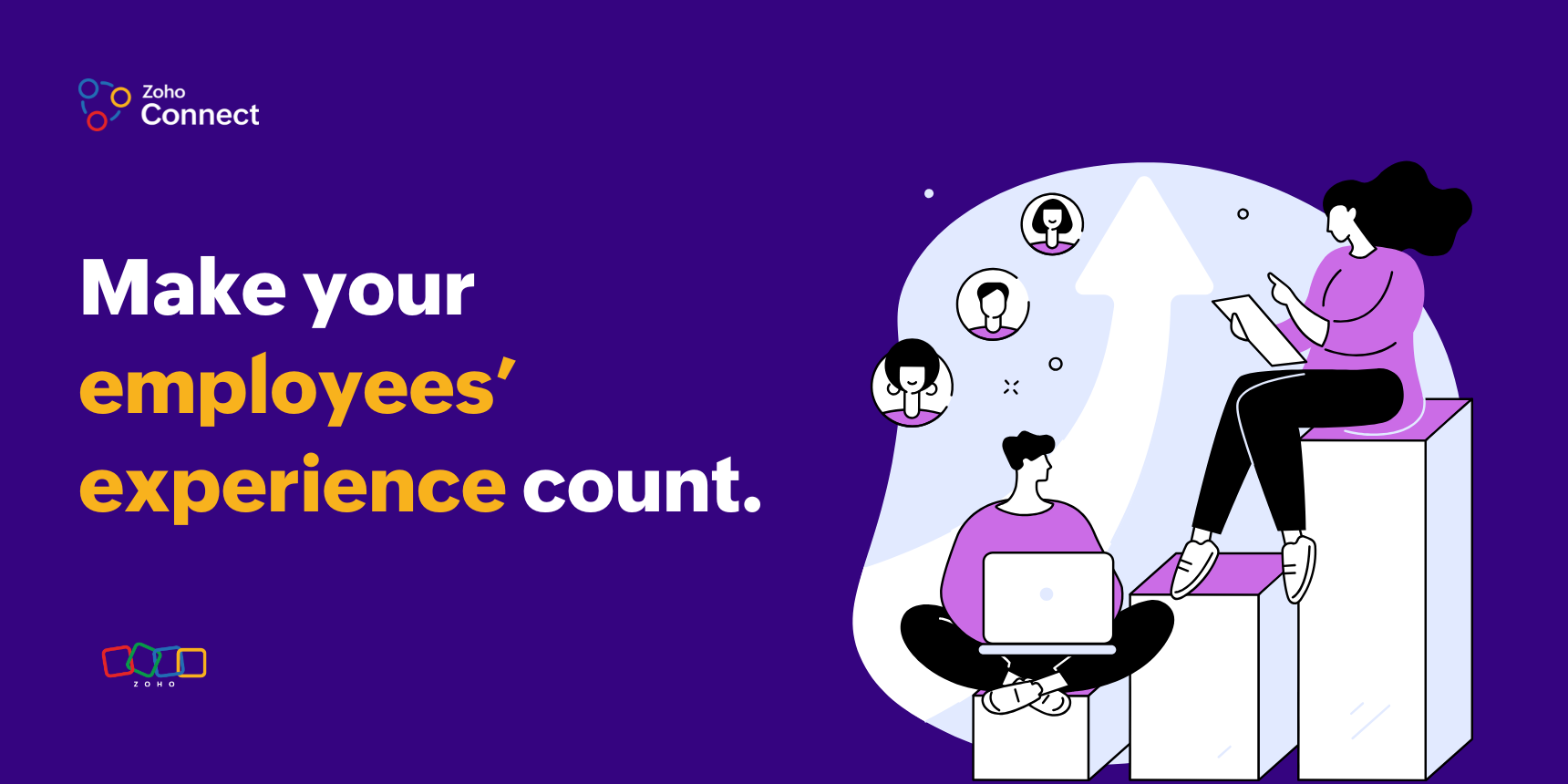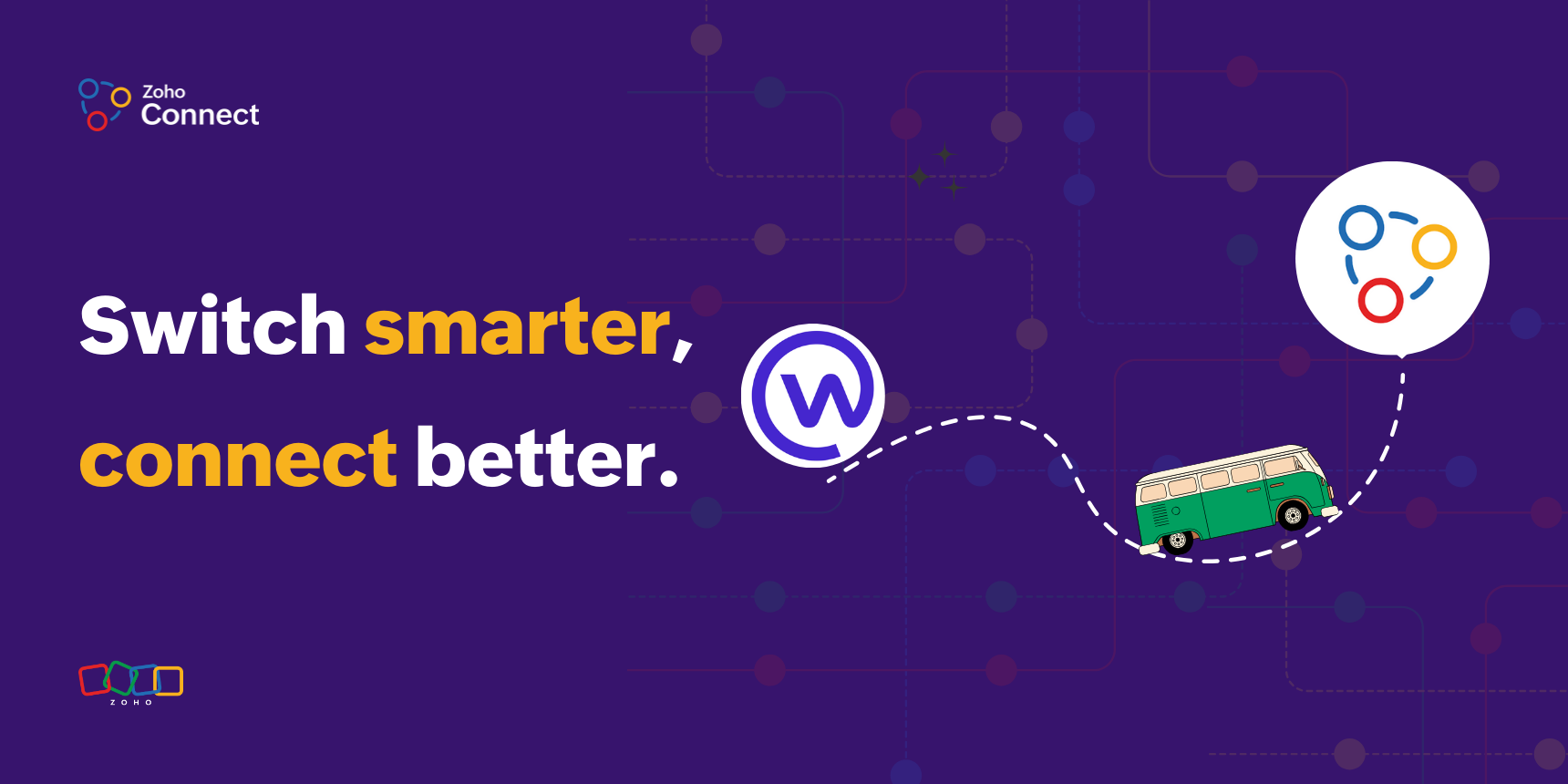- HOME
- More
- Employee Experience
- Why employee experience should be your top priority in 2025
Why employee experience should be your top priority in 2025
- Last Updated : January 16, 2025
- 63 Views
- 5 Min Read

The way we work has transformed dramatically over the last decade. Remote and hybrid models are now the norm, technology continues to reshape industries, and employees are focusing more on achieving a healthy work-life balance.
Today’s workforce isn’t just seeking a paycheck—they want workplaces that resonate with their values, foster well-being, and provide opportunities for personal and professional growth.
Younger generations, like Millennials and Gen Z, are leading this shift. For them, purpose, belonging, and well-being outweigh traditional markers of success like salary and job titles. Research shows that 80% of employees view their work experience as equally important as their compensation.
With access to a global talent pool, companies face tougher competition for skilled professionals. To stand out, businesses need to create an environment that inspires, engages, and retains top talent.
Why employee experience matters more than ever
1. Standing out to top talent
Competition for top talent is fierce. Skilled professionals have endless options, and they’re drawn to organizations that prioritize their well-being and growth. A positive EX helps you stand out in the market, making it easier to attract and retain the best people.
2. Keeping your best people
Employee turnover is expensive, not just financially but also in terms of lost knowledge and team morale. Creating a positive experience helps retain valuable employees. When people feel supported and respected, they’re less likely to leave for other opportunities.
3. Boosting productivity
Engaged employees are more productive. They’re invested in their work and committed to achieving goals. A strong employee experience keeps them motivated and focused.
4. Driving innovation
Innovation thrives when employees feel heard and empowered. A workplace that values ideas, collaboration, and creativity will see greater innovation and problem-solving.
5. Building a resilient organization
Organizations that invest in EX build stronger, more adaptable teams. Employees who feel connected to their work and their colleagues are better equipped to face challenges and adapt to change.
Key elements of a great employee experience
Creating a meaningful EX requires understanding what employees value and designing strategies that meet those needs. Here are the core elements:
Purpose and alignment
Employees want to feel like their work matters. When their goals align with the organization’s mission, they’re more motivated to contribute. Leaders can foster this by clearly communicating the company’s vision and showing how employees play a vital role in achieving it.
Flexibility and autonomy
The days of rigid schedules and strict office policies are behind us. Employees now expect flexibility in how and where they work. Offering hybrid work models or flexible hours demonstrates trust and supports work-life balance.
Opportunities for growth
Continuous learning is a top priority for employees. Whether it’s through training programs, workshops, or mentorship, providing opportunities for development shows employees that their growth matters to the organization.
Recognition and appreciation
Acknowledging employees’ contributions goes a long way in boosting morale. Recognition doesn’t always have to be formal—simple gestures like a heartfelt “thank you” or public acknowledgment of achievements can make a big difference.
Health and well-being
Employees expect workplaces to care about their overall health, not just their performance. Offering mental health resources, wellness programs, and promoting work-life balance are essential for creating a supportive environment.
Diversity, equity, and inclusion
A workplace that embraces diversity and promotes inclusivity fosters a sense of belonging. Employees who feel respected and valued for who they are will contribute more effectively and stay longer.
Connection and collaboration
Even in hybrid work settings, employees want to feel connected to their colleagues and the organization. Investing in tools and practices that enhance communication and collaboration is key to maintaining strong relationships.
Practical steps to improve employee experience
1. Listen to your employees
Regular feedback is essential for understanding employee needs and identifying areas for improvement. Create channels for open communication, such as surveys, one-on-one check-ins, or anonymous feedback forms.
2. Invest in the right technology
Modern workplaces require tools that simplify communication and collaboration, especially with remote teams. Platforms like Connect enhance engagement and provide seamless access to resources, making employees’ lives easier.
3. Promote work-life balance
Burnout is a real concern. Encourage employees to take breaks, unplug after hours, and use their vacation time. Offering flexible policies helps them maintain a balance between personal and professional life.
4. Prioritize development
Create personalized growth plans for employees, focusing on their career aspirations. Investing in upskilling not only benefits employees but also strengthens the organization’s capabilities.
5. Foster a sense of belonging
Ensure that every employee feels included and valued. Encourage team bonding activities, support diverse perspectives, and create a safe space for employees to express themselves.
6. Measure and adapt
Use data and insights to measure the effectiveness of your employee experience initiatives. Metrics like employee engagement scores, retention rates, and productivity levels provide valuable feedback for continuous improvement.
The long-term benefits of prioritizing employee experience
When employee experience becomes a core focus, organizations don’t just survive—they thrive. Here are some of the long-term benefits.
1. Stronger employer branding
A positive EX turns employees into advocates for your brand. They’ll share their experiences with others, enhancing your reputation and attracting top talent.
2. Improved customer satisfaction
Happy employees often lead to happy customers. When employees are engaged and motivated, they provide better service, creating a positive customer experience.
3. Sustainable growth
Organizations that prioritize EX are better positioned for long-term success. They’re more adaptable, innovative, and resilient in the face of change.
4. Greater organizational agility
Engaged employees are more likely to embrace change and contribute to solutions during challenging times. This makes the organization more agile and capable of navigating uncertainty.
Looking ahead
Employee experience is a continuous journey of growth and transformation. In 2025, the most impactful organizations will be those that put their people first. By fostering workplaces where employees feel empowered, valued, and motivated, businesses can achieve extraordinary results.
The future of work is people-focused. Supporting employee well-being not only enhances satisfaction but also creates cultures built on trust, collaboration, and innovation. The real question isn’t if you should start—it’s how you’ll begin today.
Take the first step with Zoho Connect—where people and possibilities come together.










